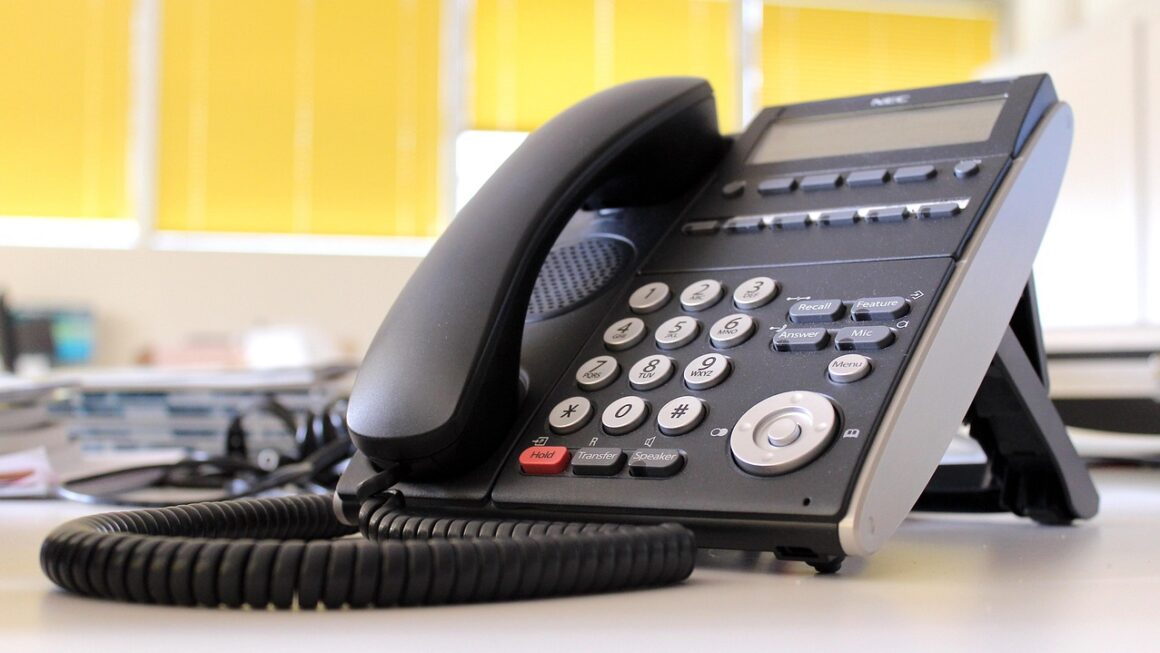Landing a job interview is a significant step, but it’s only half the battle. Turning that interview into a job offer requires meticulous preparation. This guide provides a comprehensive overview of how to prepare for an interview, covering everything from understanding the company and role to crafting compelling answers and asking insightful questions. Let’s dive in and ensure you’re ready to shine!
Understanding the Role and Company
Researching the Company
Before you even think about answering questions, you need to become an expert on the company. Don’t just skim the “About Us” page. Dig deeper.
- Company Website: Explore every section of their website. Understand their products/services, mission, values, recent news, and team structure.
- Industry News: Read articles about the company in relevant industry publications. Are they expanding, facing challenges, or innovating? Understanding the current landscape will impress the interviewer.
- Social Media: Follow the company on LinkedIn, Twitter, and other relevant platforms. This gives you insight into their culture and current initiatives. For instance, if they recently launched a new sustainability program, you can weave that into your answers.
- Financial Performance (if applicable): For publicly traded companies, review their financial reports (10-K, 10-Q). This shows you’re serious about understanding their business.
- Glassdoor/Comparably: Read employee reviews to get an inside perspective on the company culture. While not always definitive, they can provide valuable insights.
Analyzing the Job Description
Don’t just read the job description; analyze it. Break it down into its core components:
- Key Responsibilities: List each responsibility and consider how your skills and experience align. Prepare examples of how you’ve successfully handled similar tasks in the past.
Example: If the job description mentions “managing social media campaigns,” prepare an example where you increased engagement or drove conversions through a social media campaign.
- Required Skills: Identify both hard and soft skills. For each skill, have a specific example ready that demonstrates your proficiency.
Hard Skills: Technical skills, software proficiency, certifications, etc.
Soft Skills: Communication, teamwork, problem-solving, leadership, etc.
- Desired Qualifications: Even if you don’t meet every “desired” qualification, think about how your other skills or experiences might compensate. Highlight your willingness to learn and adapt.
Identifying the Interviewer
Knowing who you’ll be interviewing with allows for targeted preparation.
- LinkedIn: Search for the interviewer on LinkedIn. Review their profile, experience, and connections. This can provide clues about their role within the company and potential areas of interest.
- Company Website: Look for the interviewer’s bio on the company website.
- Common Connections: Check if you have any mutual connections who can offer insights into the interviewer’s personality and interview style.
Preparing for Common Interview Questions
The STAR Method
The STAR method (Situation, Task, Action, Result) is a powerful technique for structuring your answers to behavioral interview questions.
- Situation: Briefly describe the context of the situation you’re addressing.
- Task: Explain the task or challenge you were facing.
- Action: Detail the specific actions you took to address the task. Be specific about your role and contributions.
- Result: Quantify the results of your actions whenever possible. Use numbers to demonstrate your impact.
- Example:
- Question: “Tell me about a time you had to deal with a difficult client.”
- STAR Answer:
Situation: “I was working as a customer service representative at XYZ Company, and we had a client who was consistently unhappy with our services.”
Task: “My task was to understand the client’s concerns and find a way to improve their experience.”
Action: “I scheduled a call with the client to actively listen to their complaints. I then collaborated with the product development team to address the issues the client raised. I kept the client informed of our progress and provided regular updates.”
Result: “As a result of my actions, the client’s satisfaction scores increased by 40%, and they renewed their contract with us for another year. This also reduced churn rate by 5%.”
Answering Behavioral Questions
Behavioral questions explore how you’ve handled specific situations in the past. Common examples include:
- “Tell me about a time you failed.”
- “Describe a time you had to work under pressure.”
- “Give me an example of a time you had to make a difficult decision.”
- “Tell me about a time you demonstrated leadership skills.”
- “Describe a situation where you had to work with a difficult colleague.”
Prepare 3-5 STAR examples that cover a variety of skills and experiences. Focus on demonstrating resilience, problem-solving, teamwork, and leadership qualities.
Addressing Technical Questions
If the role requires technical skills, be prepared to answer technical questions.
- Review Key Concepts: Refresh your knowledge of relevant technical concepts and tools.
- Practice Coding (if applicable): Practice coding problems on platforms like LeetCode or HackerRank. Be prepared to explain your thought process and approach.
- Prepare for System Design Questions (if applicable): Understand common system design principles and be able to discuss architectural considerations.
- Be Honest: If you don’t know the answer, be honest but express your willingness to learn. Don’t try to bluff; it’s usually obvious.
Practicing and Refining Your Delivery
Mock Interviews
Practice makes perfect. Conduct mock interviews with friends, family, career counselors, or mentors.
- Simulate the Interview Environment: Dress professionally and find a quiet, distraction-free environment.
- Use a List of Common Interview Questions: Focus on behavioral questions, technical questions (if applicable), and questions about your resume.
- Record Yourself: Recording your mock interviews allows you to analyze your body language, tone of voice, and overall delivery.
- Seek Feedback: Ask your mock interviewer for honest and constructive feedback.
Perfecting Your Non-Verbal Communication
Non-verbal communication plays a crucial role in creating a positive impression.
- Eye Contact: Maintain eye contact with the interviewer.
- Posture: Sit up straight and maintain good posture.
- Body Language: Avoid fidgeting or crossing your arms. Project confidence and enthusiasm.
- Smile: A genuine smile can make you appear more approachable and likable.
Preparing Your “Elevator Pitch”
Your elevator pitch is a concise summary of your skills, experience, and career goals.
- Keep it Short and Sweet: Aim for a 30-60 second introduction.
- Highlight Key Achievements: Focus on your most relevant accomplishments and skills.
- Tailor it to the Role: Customize your elevator pitch for each specific job.
- Practice, Practice, Practice: Rehearse your elevator pitch until it sounds natural and confident.
Preparing Questions to Ask
Asking insightful questions demonstrates your interest in the role and the company.
- Prepare a List of Questions: Have at least 3-5 questions prepared.
- Focus on the Role and Company: Avoid questions about salary or benefits (unless the interviewer initiates the conversation).
- Examples of Good Questions:
“What are the biggest challenges facing the team in the next year?”
“What are the opportunities for professional development within the company?”
“How does the company measure success in this role?”
“Can you describe the company culture in more detail?”
“What does a typical day look like in this role?”
- Listen Carefully: Pay attention to the interviewer’s answers and ask follow-up questions to show your engagement.
Logistics and Final Preparations
Choosing the Right Attire
Dress professionally and appropriately for the company culture.
- Research the Company Culture: Check the company website or social media to get a sense of their dress code.
- When in Doubt, Overdress: It’s always better to be slightly overdressed than underdressed.
- Ensure Your Clothes are Clean and Pressed: Pay attention to details.
- Comfort is Key: Wear clothes that are comfortable and allow you to move freely.
Planning Your Route and Tech Check
- In-Person Interviews: Plan your route to the interview location in advance. Allow extra time for traffic or unexpected delays.
- Virtual Interviews: Test your internet connection, camera, and microphone before the interview. Choose a quiet and well-lit environment. Use a professional background.
- Prepare Your Documents: Have copies of your resume, cover letter, and any other relevant documents readily available (both physical and digital copies).
Mental Preparation
- Get Enough Sleep: Prioritize sleep the night before the interview.
- Eat a Healthy Meal: Fuel your body and brain with a nutritious meal.
- Practice Relaxation Techniques: Deep breathing, meditation, or yoga can help calm your nerves.
- Visualize Success:* Imagine yourself performing well in the interview.
Conclusion
Thorough interview preparation is the key to landing your dream job. By understanding the role and company, crafting compelling answers, practicing your delivery, and asking insightful questions, you can significantly increase your chances of success. Remember to be yourself, be enthusiastic, and showcase your unique skills and experiences. Good luck!




